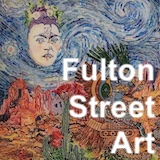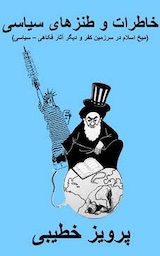The New Yorker:
The magazine explored Asian American culture, without dwelling too much on what that meant.
By Hua Hsu
The first issue of the magazine Giant Robot I ever came across featured the Hong Kong actor Tony Leung Chiu-wai on the cover—this was enough to stand out on a crowded newsstand in the mid-nineteen-nineties. But what caught my attention were the teasers for a random assortment of other stories, about gangs, surfing, shaved ice, orgies. A small tagline in the top right corner read “A magazine for you.” But who was I? I was a teen-ager and desperate to know. I suspected Giant Robot could help me figure it out.
For anyone under the age of forty, this level of impressionability might sound a bit silly. But this was a time when there were few things as intoxicating as a bountiful magazine rack, with countless interests, ideologies, identities to try on for size. These days styles and reference points float freely; back then the idea that one could bridge silos, admitting an affection for, say, both punk rock and Hello Kitty, felt jarring. There was something about Giant Robot’s affection for Asian culture—and its allergy to dwelling on what that meant—that drew in many young people, like me, who were searching for a context. It was a magazine that was very serious about some things, and not at all serious about others.
Go to link










Comments